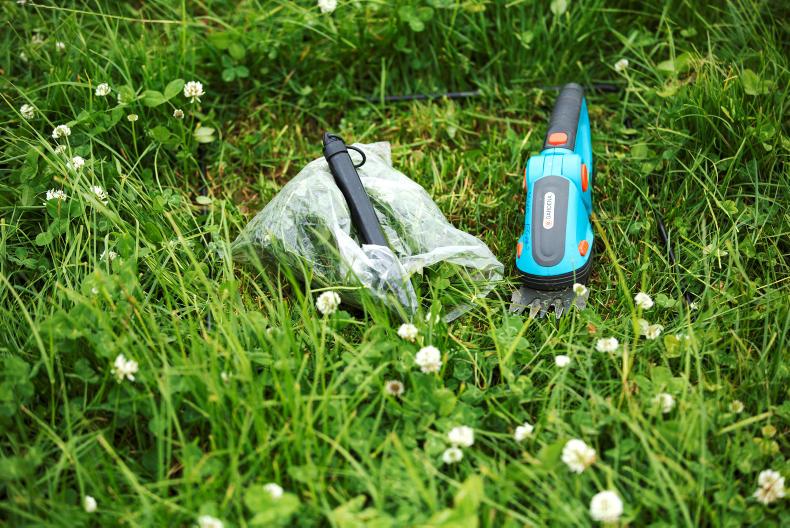A spurt in grass growth over the past fortnight has led to more surplus grass being generated on farms. Skipping over these paddocks for bale or pit silage is the best policy, as paddocks that are gone heavy have a lower leaf to stem ratio.
The energy and protein that cows need is in the leaf so having less leaf in the sward reduces the cow’s energy and protein intake.
The other big negative of grazing high covers is that the cow’s overall intake reduces. This is because stem is high in fibre and slower to digest than leaf, so the cow feels fuller and so will eat less.
It’s a bit like eating wholemeal bread versus desert such as apple tart. After a couple slices of bread you would feel full, whereas you can eat a lot more desert and not feel full. It is the same for cows grazing different types of swards.
When animals go into high covers, the quality of the material they are eating is less, and they physically eat less of it, so overall energy intake drops significantly.
Protein percent in the milk is a good indicator of energy intake. At this stage in the year protein percent should be increasing steadily. Where it is not, the first place to look is in the paddock.
Optimum pre-grazing yield is 1,300 to 1,500kg/ha. At these pre-grazing covers the ratio of leaf to stem is optimised. Going into covers much lower than this will have more leaf, but subsequent grass growth will be reduced as it will be grazed before the three leaf stage. Intakes also drop in very low covers as the cow needs to take more bites to get the same intake.
Going into covers much higher reduces subsequent growth also as the sward is stemmy and yellow at the base, slowing down recovery.
The residency time per paddock also has an impact. Herds that are on short grazing intervals e.g. 12 hour allocations tend to have lower protein percentages than herds that are on longer allocations such as 36 hour breaks.
This is because the intakes of lower order cows is likely to be affected when on a 12 hour break. This is because there is more competition for grass in a smaller area and the older and more dominant cows will probably push away weaker cows from getting access to the nicest grass.
The other big factor impacting on protein percent is genetics. The quickest way to improve the average protein percent in your herd is to cull the lowest 10% for protein. Summer milk recording results are a good identifier of the low protein cows.
Some farmers will sell these if they have surplus cows. Other farmers will keep them but not breed off them, or breed them to beef.
In terms of breeding, using high EBI and Jersey bulls will improve protein percent in the long term, but grass quality and grazing management needs to be good to get maximum benefit from genetics.
Read More
Farmer know-how: grassland management
Moorepark 2017: increase in milk prices gives positive outlook for dairy incomes






 This is a subscriber-only article
This is a subscriber-only article










SHARING OPTIONS: